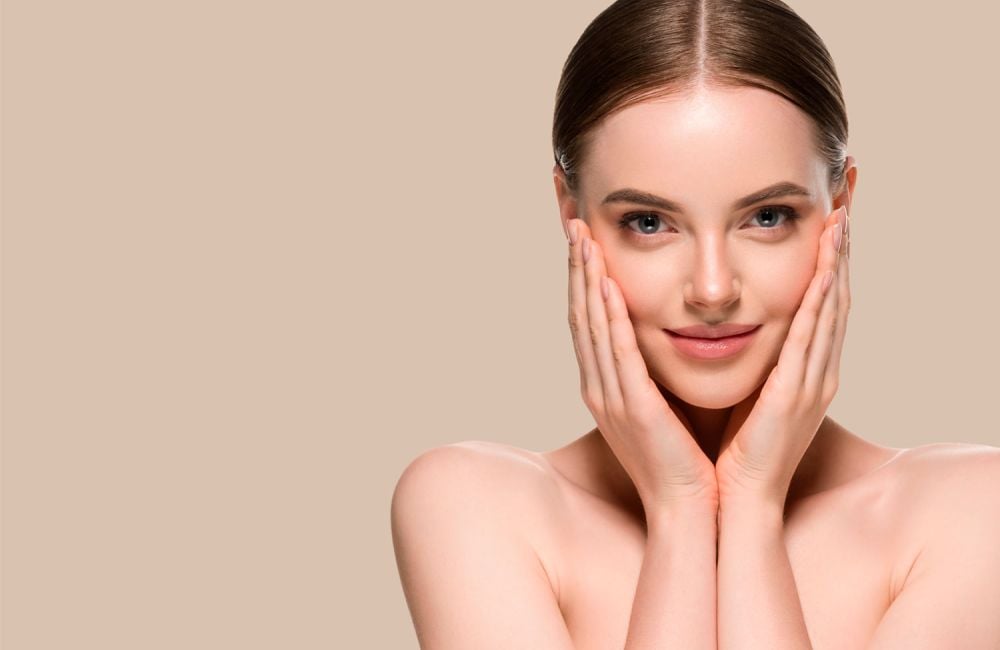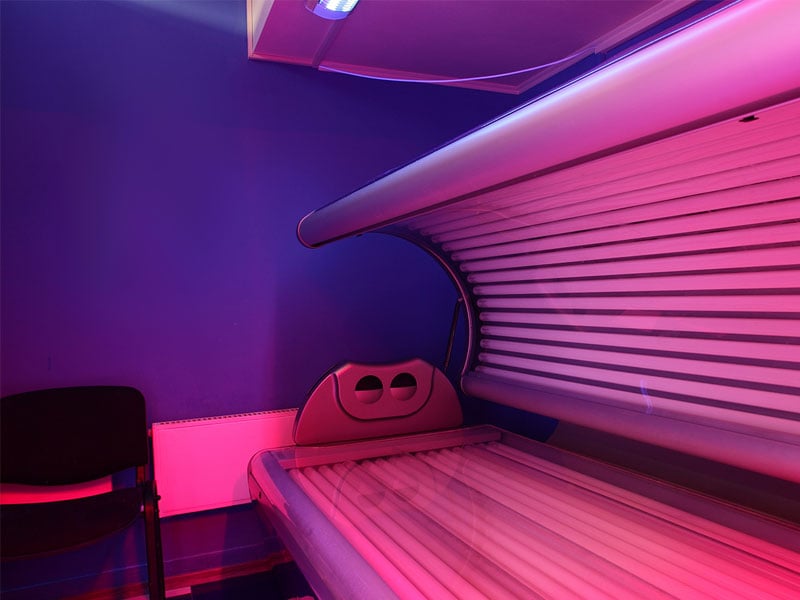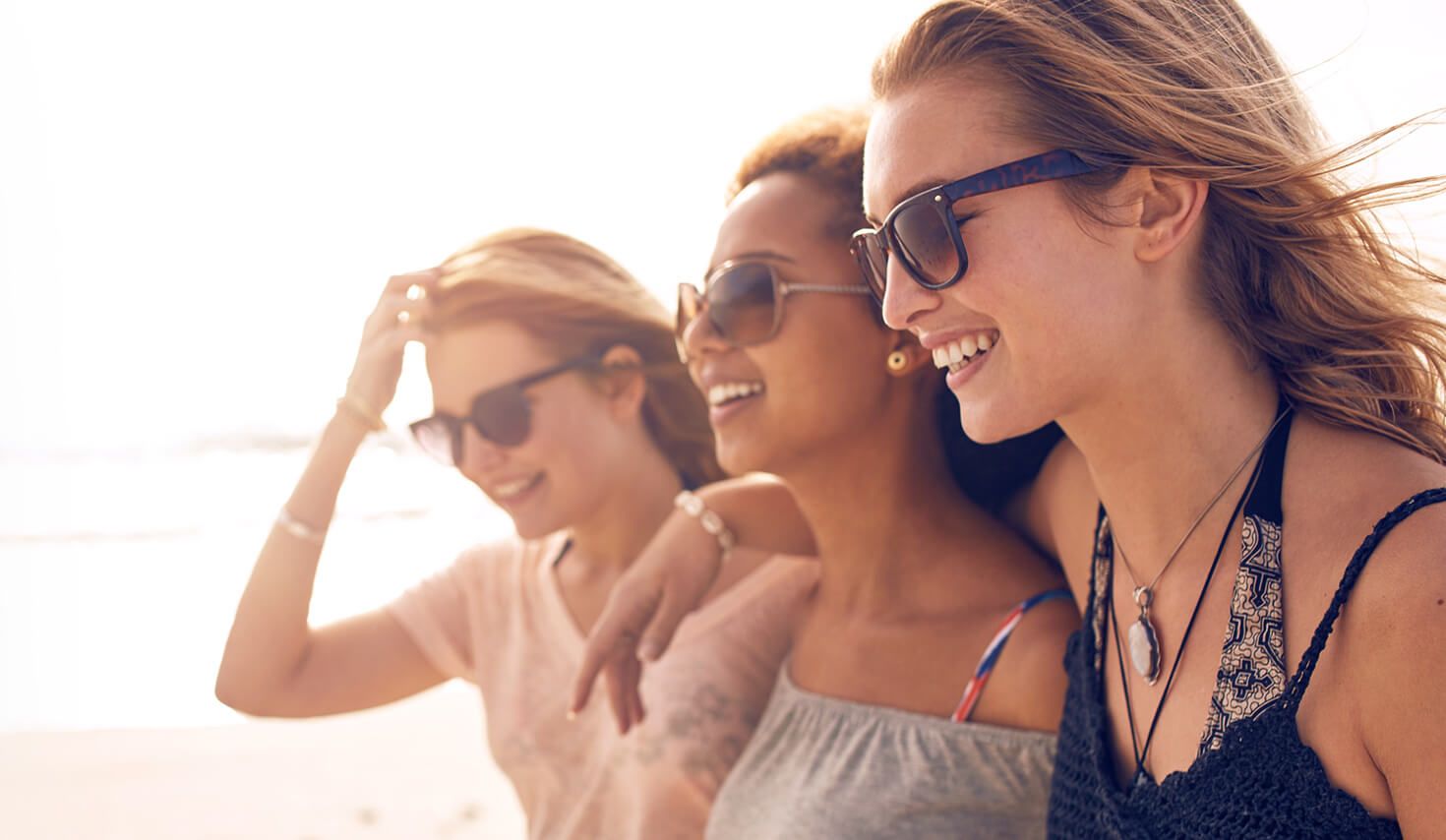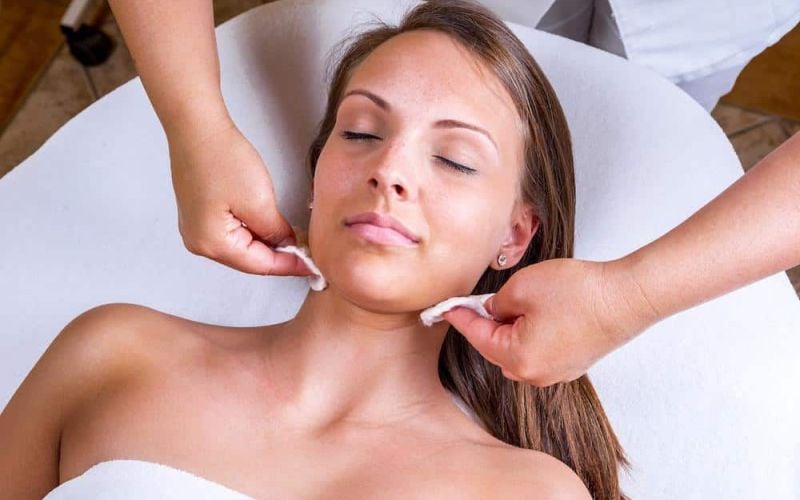Initial consultations are always free of charge, and our Dermacare Difference Program allows you to save on our services and products
Causes And Treatment For Sun Spots On Your Face



Skin aging is something we’ll all have to deal with eventually, but we can work to hold off the effects of it as long as possible. According to skincancer.org, 90% of skin aging is the result of exposure to the sun. With our effective HALO® treatment, you may be closer than you think to reclaiming that youthful glow and removing hyperpigmentation.
What Are Sunspots?
Sunspots, or solar lentigines, are areas of the skin that develop a brown coloring due to overexposure to the sun. You’ve probably heard them referred to as age spots or liver spots in the past, but they aren’t related to your liver at all. As your skin gets exposed to sunlight, it can trigger skin cells known as melanocytes to produce more pigment.
What Do Sunspots Look Like?
If you notice brown, dark spots on your skin that are relatively circular, it’s likely you have a sunspot. While these brown spots can form on anyone, they tend to be more noticeable in people with lighter skin tones. They can vary in size as well, with some being no bigger than a bead and others larger than a quarter.
Unlike a lot of skin conditions, sunspots don’t cause protrusions at all. A good way to tell a sunspot apart from a lot of other conditions, such as moles, is that sunspots are completely flat. They should be just as flat as the surrounding skin outside of the sunspot.
Are Sunspots Dangerous?
Generally speaking, sunspots are not dangerous. While you may not like the appearance of them, your sun spots pose no threat to your health. People get them removed for cosmetic reasons. While sunspots aren’t dangerous, other problems that are dangerous can look like sunspots. Melanoma, or cancerous skin cells, often looks a lot like a sunspot when it first visually manifests on your skin, and that can be very dangerous.
What Causes Sunspots?
Sunspots have a variety of causes, but the most obvious is a lot of sun exposure. Generally speaking, age and genetics can play a role too, so it’s important to fully understand all the risk factors that may cause the appearance of sunspots.
Sun Exposure
As mentioned, the most common cause of sunspots is sun exposure. Ultraviolet rays from the sun cause damage to the skin over extended periods. The skin can, of course, repair this damage relatively well, seeing as how humans spent most of their time outside for most of our history. However, the result of that repair is a sunspot.
Age

Sunspots are often associated with aging because they’re more common in people over the age of 50. This is simply because they’ve had more exposure to the sun, therefore, their skin has absorbed more ultraviolet radiation than someone younger. This is also why you can still see sunspots in younger people, especially if they have had a lot of sun exposure and don’t use sunscreen.
Genetics
Genetics can also play a role in how likely you are to get sunspots, and it’s mostly based on how well your skin can hold up against ultraviolet rays. People with darker skin tones are less likely to form sunspots, while people with fair skin can typically get them quite easily if they spend plenty of time outside. People with light-colored hair also tend to be more prone to sunspots, as do people with a family history of sunspots.
What Can I Do To Prevent Sun Spots?
The key to avoiding sunspots is to avoid exposure to ultraviolet radiation. This comes in many different forms, but several strategies are available to implement.
Avoid Tanning Beds

Tanning beds blast you with UV rays to give the natural tanning effect that hours in the sun would typically cause. Of course, it also comes with the same risk of sunspots. With the UV light being so concentrated, it can actually be easier to form these sunspots from tanning beds. With both UVB rays and UVA rays acting together, something much worse than the extra production of melanin can manifest.
Wear Sunscreen
The benefits of an over-the-counter broad-spectrum sunscreen are notable. Using sunscreen puts UV-blocking creams directly on your skin, where they act as a shield between you and the sun’s rays. SPF 30 should be the minimum you use if you spend any significant amount of time outside on a sunny day.
Limit Exposure
Limiting your time outside in the sun is the obvious answer to avoiding too much sun damage. The hours between 10 a.m. and 3 p.m. tend to be the sunniest parts of the day, so it can be helpful to stay inside during those times. If you do go outside, however, you can limit your exposure to the sun by wearing protective clothing that offers sun protection, such as a wide-brimmed hat or hood.
How to Distinguish Between Sunspots and Skin Cancer
Sunspots and skin cancer lesions looking so similar can certainly be distressing, and telling the difference between them can be tough. While you should always get a screening from a dermatologist to be sure, there are a few signs that could indicate skin cancer when you look at the spot’s changes over time. When in doubt, remember ABCDE.
- Asymmetry
- Border
- Color
- Diameter
- Evolving
The general rule of thumb is that sunspots will only form in areas of your skin that receive sunlight. Melanoma and its irregular border, on the other hand, can appear anywhere on your body. Although it may seem easy to determine the nature of a spot on an area of your body that’s covered up most of the time, melanoma can form on parts of your skin that see the sun, too. The only way to be absolutely sure that you have a sunspot and not melanoma is to get a skin cancer screening by a dermatologist.
How Can I Get Rid of Sunspots?
Quite a few methods exist to get rid of sunspots, so you can consider the treatment that you think would work best for your unique skin and needs.
HALO® Hybrid Fractional Laser
The HALO® Hybrid Fractional Laser is one of the latest developments in dermatology technology and is specifically designed to restore the natural glow of your skin. Given that everyone’s skin is unique in its own way, finding the right kind of treatment can be tricky, as microdermabrasion, creams, and vitamin C only go so far. Fortunately, the HALO® treatment laser is reshaping skincare by offering solutions that can be effective on various skin types.
Chemical Peels
A chemical peel is a treatment designed to brighten the complexion, improve skin texture, balance skin pigmentation, and smooth out any acne scars. Keep in mind that deep chemical peels are a relic of the past, and modern dermatology only uses light to moderate penetration of the outer skin with chemical peels.
SaltFacial
SaltFacial is a skin treatment that uses sea salt for exfoliation, along with an ultrasound that delivers hydrating antioxidants. The process finishes out with LED light therapy to promote the healing process. Plus, it’s all done in a single treatment.
FotoFacial BBL
The FotoFacial BBL is a light based Intense Pulse Light treatment that uses light energy to break up and pull unwanted pigment, including sun spots and other “browns”. This same treatment can also reduce unwanted spider veins and fine blood vessels, resulting in a reduction of the “reds” that we wish we didn’t have either!
Forever Young BBL
A ForeverYoungBBL treatment is one in which you receive multiple treatments over the course of years to slow down the effects of aging on the skin. The procedure is noninvasive and easy, with the only side effect being redness that typically goes away after a few hours. It doesn’t require the use of any substances like liquid nitrogen or cryotherapy.
What Can I Expect From Sunspot Treatments?
No matter what kind of sunspot treatment you ultimately choose, the downtime is typically not significant. With the HALO® treatment, it often takes about a week for your skin to look normal, or in this case, better than normal. Because of this, most people schedule their appointments on a Friday or at a time when they will have a few days at home. The treatment itself takes about two hours.
Does HALO® Laser Treatment Hurt?
Everyone has different pain tolerance levels, but the treatment generally does not hurt. During the procedure, the spot receiving the laser concentration can feel a bit hot, but when it moves to a different location, the previous spot cools down very quickly. Areas like your lips will be more sensitive in most cases, but it’s typically more of a warm discomfort than actual pain. After the procedure, you’ll feel like you have a mild sunburn for a few days.
Repair Sun-Damaged Skin With Minimal Downtime
If you’re looking to repair sunspots or skin damage of any kind, Dermacare of Hampton Roads has several treatments that can help. Our top-of-the-line treatments, like HALO® Hybrid Fractional Laser, let you enjoy consistent and effective results without serious side effects or significant downtime. Call our office at 757-547-7546 or contact us online to schedule your appointment today!
What Our
Clients Say
From skin restoration to stubborn fat removal, we’ve helped thousands of men and women feel more beautiful and confident.
-
I love going to Dermacare! I live an hour from the office but I make time to go. I used to have no idea what was best for my skin care. It was pretty intimidating with how many options and ads I wo…– Lucia G.
-
I only went by to get products that I usually have to get online. But when I got there, they had the aesthetician speak with me and give me samples of what she recommended and to compare that to se…– Kimberly J.
-
Love my time at Dermacare. I’ve been a client for 5+ years. Go once a month and always get great treatments from Tina. The staff is very professional and always greet me with warmth and enthusiasm….– Linda H.
-
The staff at Dermacare is amazing! Thank you ladies for being so friendly and professional. Your skills are amazing! You keep me looking good.– Doretha H.
-
Very clean, very professional, and super friendly. Not pretentious at all. I just think some aesthetics practices can come off cold or arrogant, but not these folks. The staff is very knowledgeable…– Angela S.
-
I absolutely love Dermacare of Hampton Roads. The staff is always friendly and they are all very knowledgeable. I never feel as though I’m trying to be “sold” something I don’t need or want. The environment is…– Amber M.
-
After being a client for more than 8 years, I have nothing but accolades for Dermacare of Hampton Roads.. What initially drew me to Dermacare was the fact that it was medically supervised by a doctor, extremel…– Kathryn C.
-
If you’re looking for the right medspa for you, don’t look any further. My experience with Dermacare has been nothing short of exceptional. From the very first day of my consultation, the customer …– Natalie O.
-
I had a great experience with Lauren with microneedling with the Vivace machine today. It was a great experience and my first time with the machine. She was very professional and full of knowledge …– Dea W.
-
I came across this place on Instagram. I decided to schedule a consultation with them which was done over video chat and was very convenient. The consultation was also free. I met with a nurse who …– Vi R.
Learning Center
Dermacare Membership Plans

With cellular turnover approximately every 28 days, a Dermacare Membership is the best way to keep your skin vibrant and healthy.
Our members enjoy monthly aesthetic services and laser treatments, in addition to discounts on injectables, packages, and our medical-grade skincare products.












